|
Elizabeth
Gaskell Campus
Manchester Metropolitan University When I visited MMU's Elizabeth Gaskell
Campus in October of 2014 it was still displaying
MMU signs but the site looked deserted.
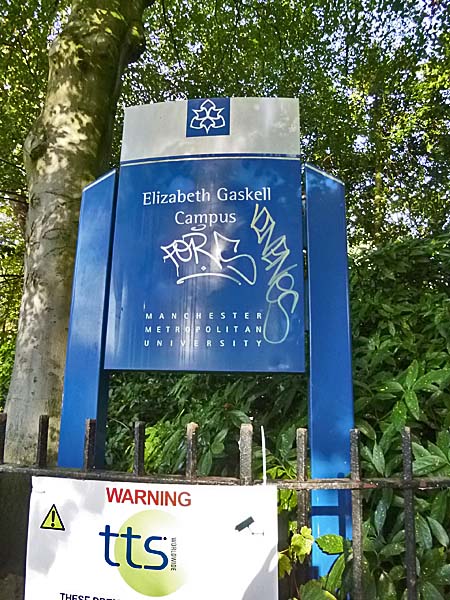 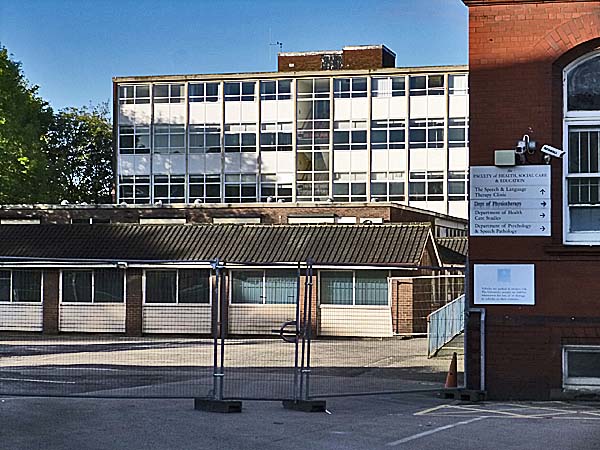 It appears that the departments have moved to the new Birley Campus in Hume. A Manchester City Council report entitled "The Rationalisation and Development of the Manchester Metropolitan University Estate" dated July 24, 2013, said that, "The University is now reaching the final year of a £350m investment programme in creating new high quality learning environments, supported by key welfare and academic services administration in the city. Within Manchester the intention has been to unify MMU into one central campus, to bring the Didsbury, Hollings, Aytoun and Elizabeth Gaskell campuses together with the existing All Saints campus to create one sustainable, central learning environment. .... This will see the new Hulme Campus accommodating the Institute of Education and the Faculty of Health, Psychology and Social Care from the current Didsbury and Elizabeth Gaskell Campuses. The Aytoun and Hollings Campuses will be housed within All Saints, in the new Business School and in the refurbished Cavendish Building. The new Business School and Student Hub opened in September 2012, the remodelled and rebuilt and the Arts and Design Building opened in April 2013, the Cavendish refurbishment completes this summer, whilst the Hulme Campus is scheduled to open in September 2014." Regarding the Elizabeth Gaskell Campus the report said, "... The Elizabeth Gaskell site is immediately adjacent to Central Manchester Hospital Trust’s hospital complex. It is a 5.4 acre site which can support a wide range of end uses that can add value to the City’s ambitions, offering the potential to support a range of end uses that could compliment the growth ambitions of the Corridor. .... A planning brief will be discussed with the City Council. In early discussions, officers have already indicated to the University that student accommodation would not be supported at this location. Once agreed the University will commence the process of seeking a development partners for this site in the Autumn of 2013." When I returned in July of
2016, all of the buildings were gone and
hoardings announced "The future of
Healthcare is coming...."
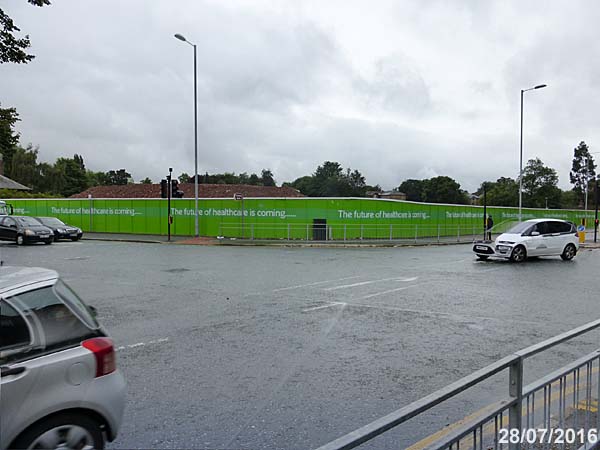  Planning permission documents
indicate that the site will be home to a, "...
two, three and four storey building to form
a hospital and wellbeing centre (Class C2).
This will consist of 6 operating theatres,
minor treatment rooms with outpatients
department, 6 bedroom critical care unit, an
endoscopy suite, pathology suite, 2 main
wards, a diagnostic suite, physiotherapy
rooms and gym. The proposed
development will be supported by 194 long
stay car parking spaces, 13 short stay
spaces, cycle parking and significant areas
of public realm and landscaping."
The facility will belong to
Nuffield Health, the largest
not-for-profit healthcare provider in the United
Kingdom
***************** Below is a history of the site 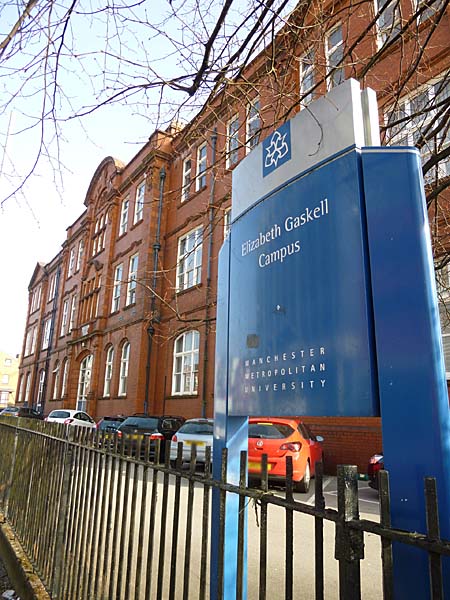 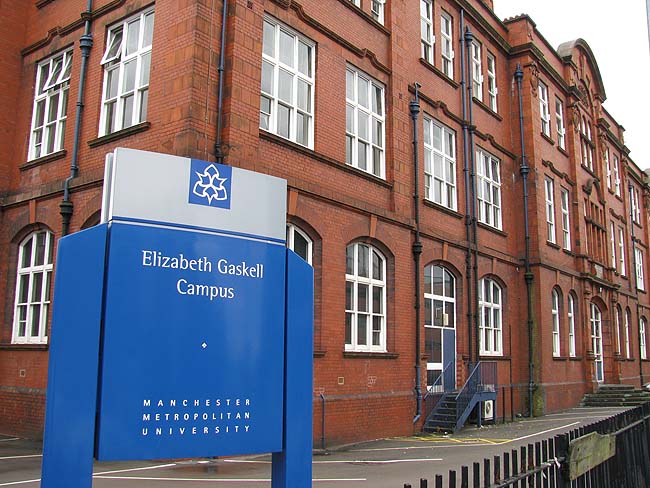 In 1880 a school for training women in Cookery and Laundry work was opened in the basement of the Kendal Milne building on Deansgate, Manchester (see below). 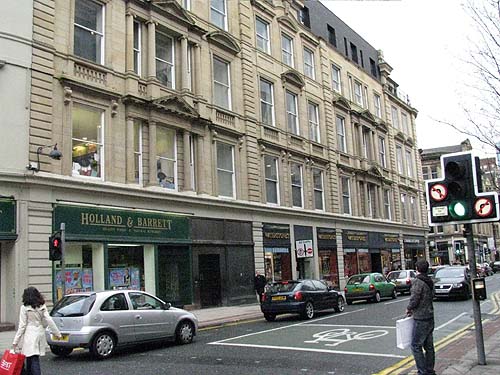 The training of teachers was introduced in 1886. In 1890 the school was incorporated under the Companies Act and was recognised by the Board of Education for the award of a Diploma. The Manchester Education Committee became the governing authority for the school in 1906 and in 1912 created a permanent site and buildings accommodating 300 students for the Manchester College of Domestic Science on Hathersage Road in Chorlton-on-Medlock 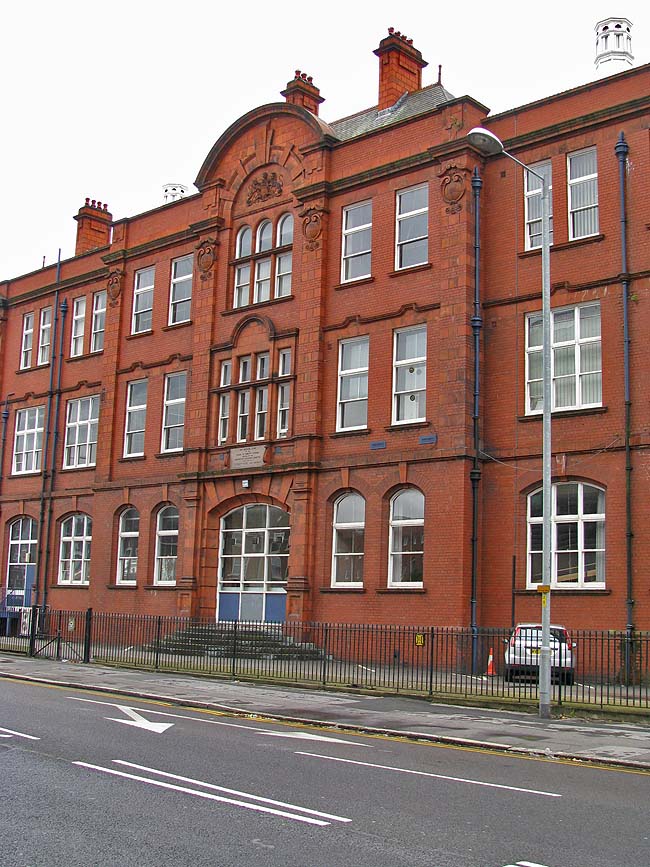 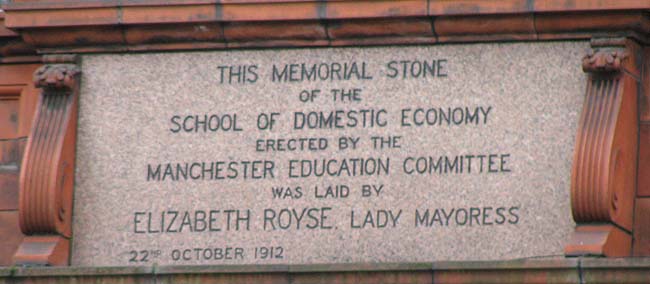 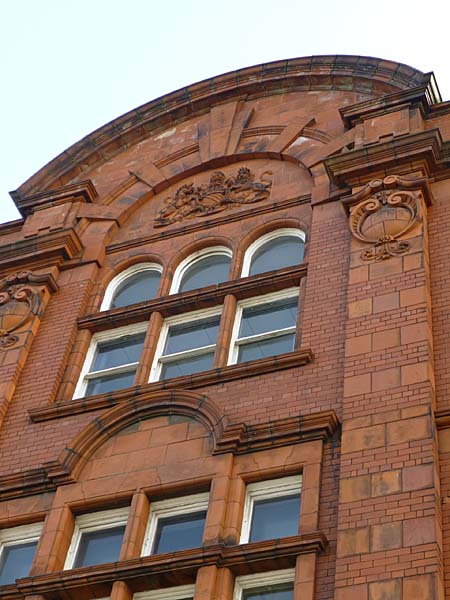 Initially the College was intended for the training of teachers of Domestic Subjects but the demand for Housekeepers’ courses and for the training of women entering the catering industry resulted in the College providing courses in Demonstration and Institutional Management up to the level of the National Certificate Examination. Whilst the National courses for non-graduate teacher training were of two years duration, the course for a Manchester College of Domestic Science student was three years to certificate level. A very large percentage of Domestic Science Teachers in Manchester were trained at Domski, the name by which the College was known to students and in educational circles. But the College’s fame spread far beyond its home city. Because the catchment area for students became nationwide and eventually worldwide, residential accommodation had to be provided in the Halls of Residence, namely Appleby House, Barlowcroft, Parrs Wood House and Greystoke. In 1959 the College
expanded its teacher training to train primary school
teachers. New buildings were erected on the campus and
the student capacity was extended to 500. A shortage of
women practitioners of Speech Therapy created the
introduction of a Speech Therapy training course in 1960
and formed the first link with the University of
Manchester to which the College later became affiliated.
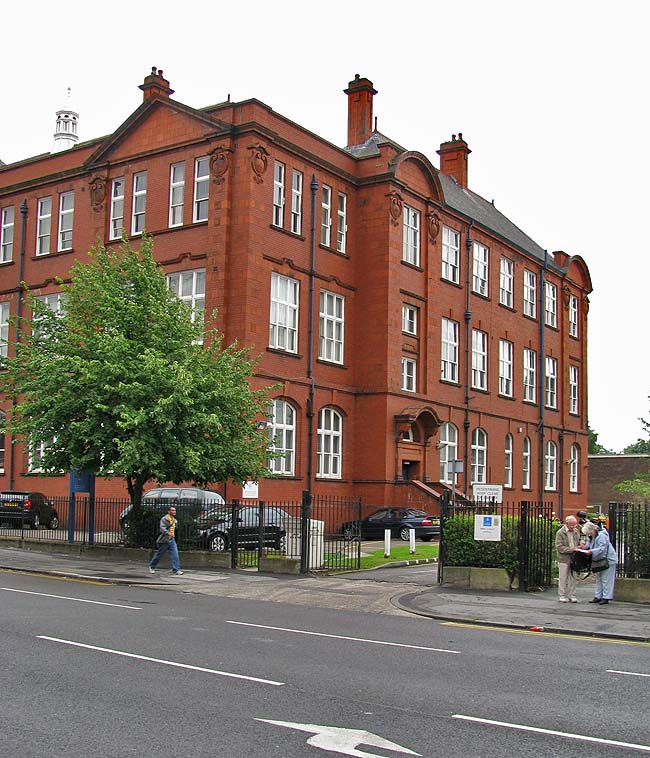 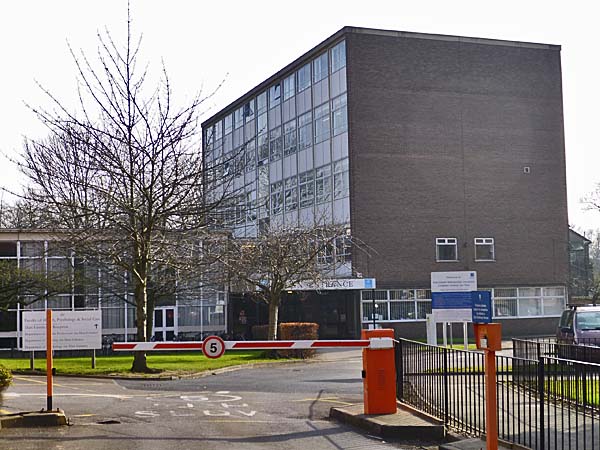 Around this time the College was known as the College of Housecraft but its expansion of courses and subjects dictated a need for a new name. The Governors decided to adopt the name of Elizabeth Gaskell College of Education after the lady whose Manchester home had been a short distance from the campus. By 1975 the College was offering BEd, BA and BSc courses to Honours level in Home Economics (non Teaching) together with a Post-Graduate Certificate in Education. It is a tribute to the College’s curriculum and the high standards of teaching and student achievement that the University, which had hitherto considered domestic subjects insufficiently academic, eventually accepted and validated the Colleges degree courses Manchester had four
teacher training colleges by the 1970s. Didsbury, Long
Millgate, Mather and John Dalton, the latter being
affiliated to the Polytechnic.
In 1976 Manchester education Committee amalgamated Mather and Long Millgate colleges with Elizabeth Gaskell College and the conglomerate was renamed the City of Manchester College of Higher Education with administration moved to the Elizabeth Gaskell campus. 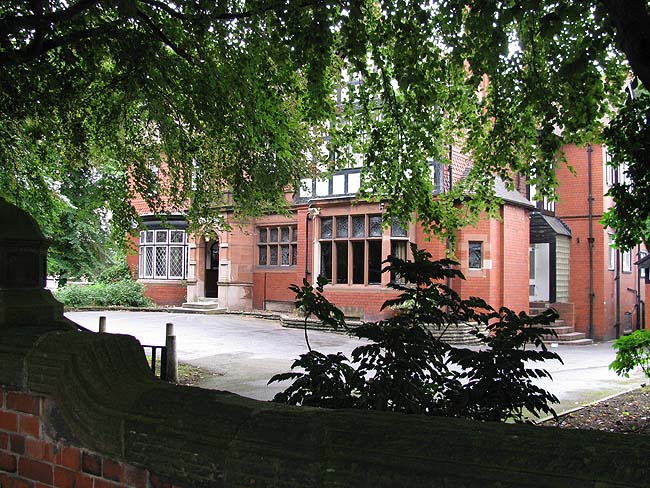 During the 1970s the
house called Auldgirth (seen above), in Victoria
Park, was incorporated into the college campus.
For a number of years the burgeoning Manchester Polytechnic had coveted the prestigious courses created at Elizabeth Gaskell College and made several attempts to have them transferred. By 1982 Manchester Education Committee in a cost reducing exercise allowed the Polytechnic to take over the College. 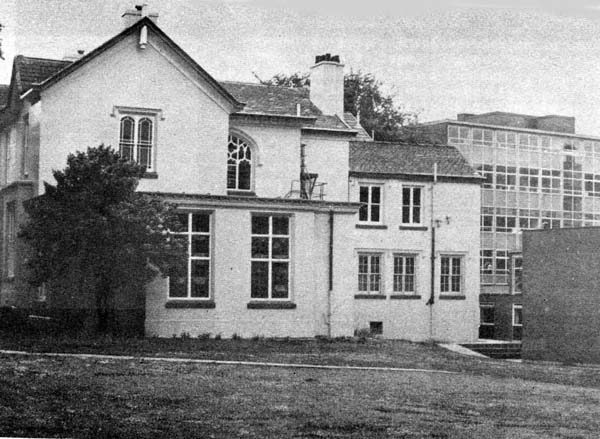 Brook House - image contributed by Leslie Moore All the archives of the three colleges were stored in Brook House, a building on the Elizabeth Gaskell site used for lectures and office accommodation. The Polytechnic decided to demolish this building and several observers reported that skips were filled with the buildings contents of documents and disposed of. Thus Manchester’s oldest College was eliminated. The Polytechnic’s successor the Metropolitan University mentions only the names of the institutions it absorbed. - Below is a gallery of
photographs from the College in previous years -
All images contributed by Leslie Moore 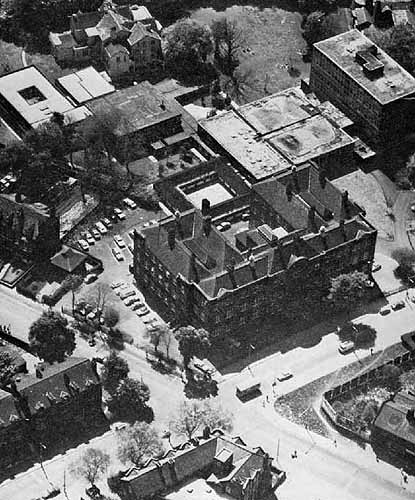 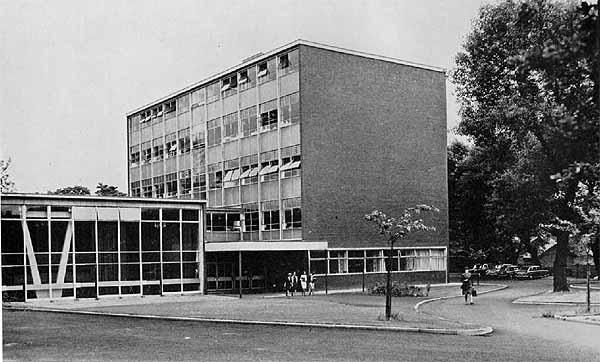 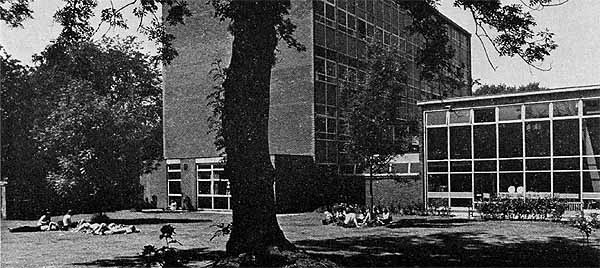    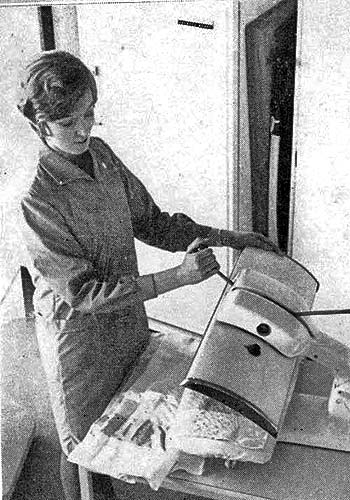 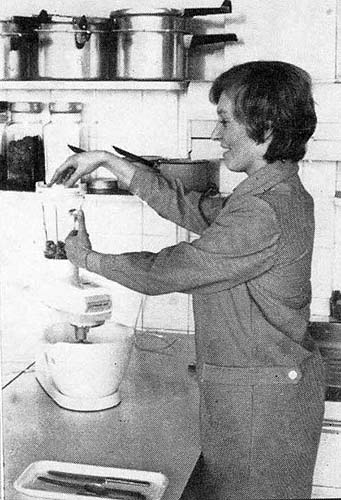
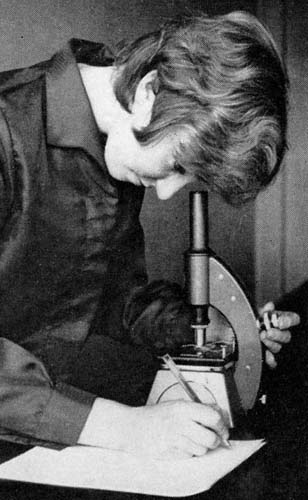 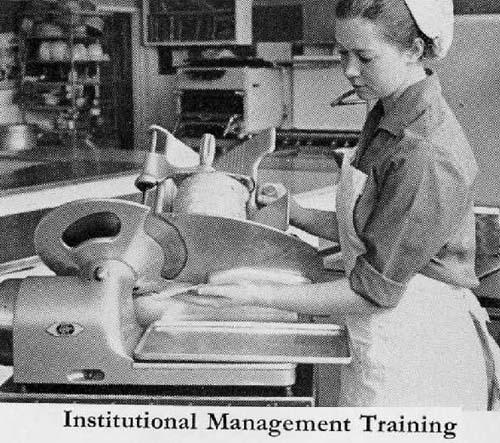 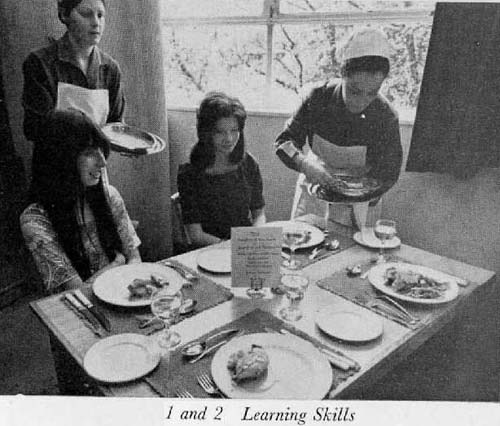 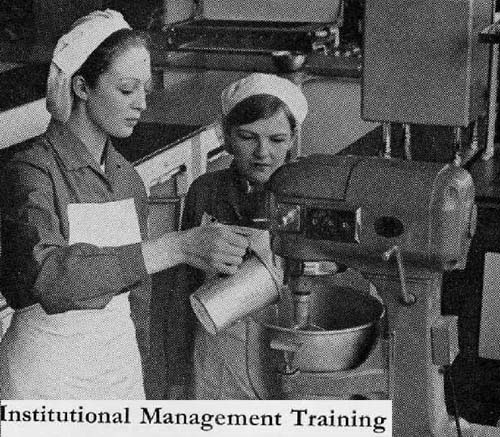 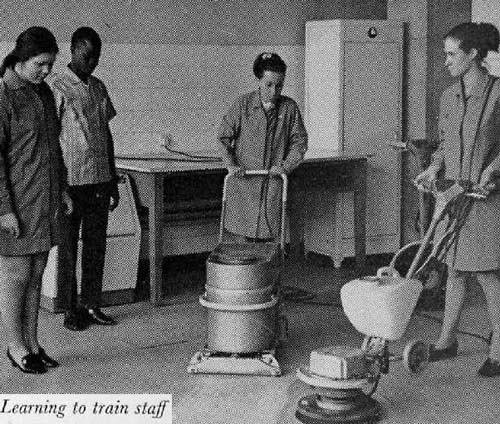 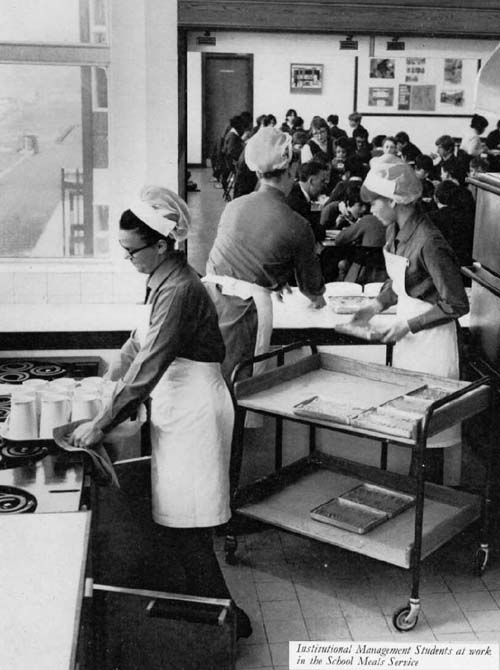 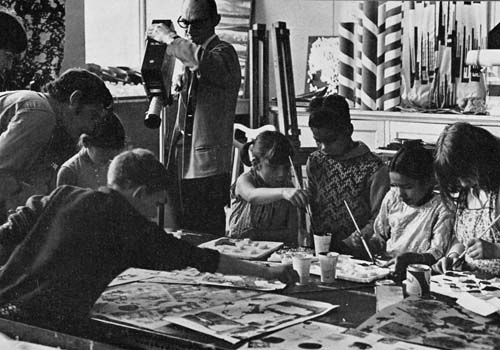 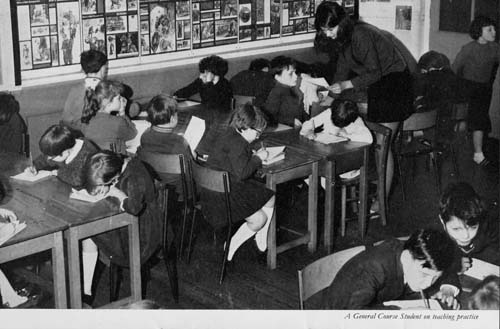  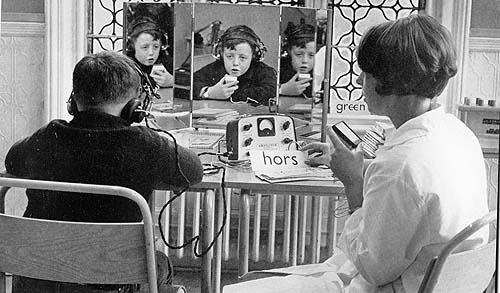 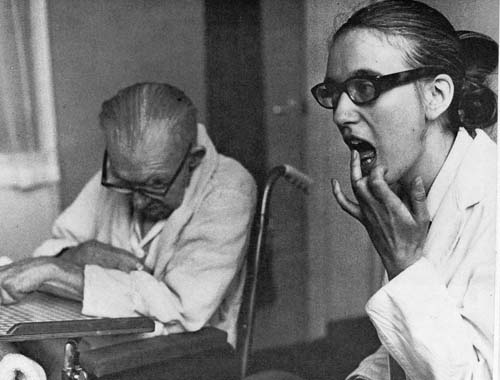 ************************** Images from October 2014 presumable after the site has closed and awaiting a new future. 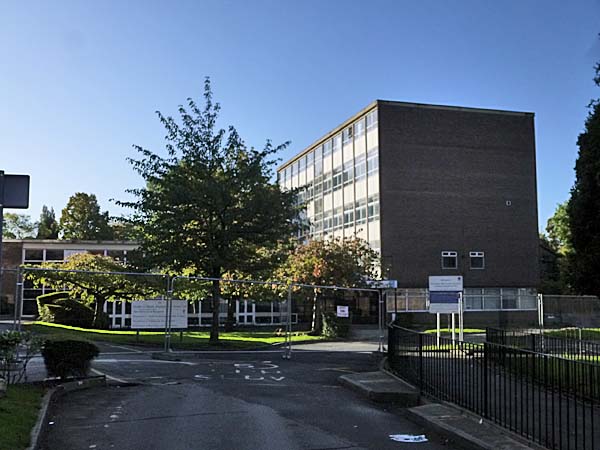 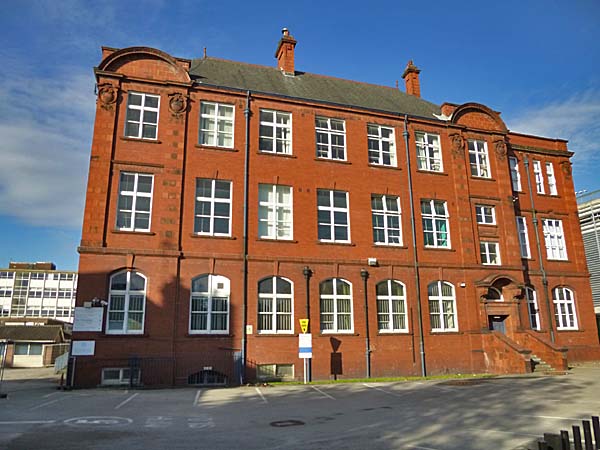  Close Window |